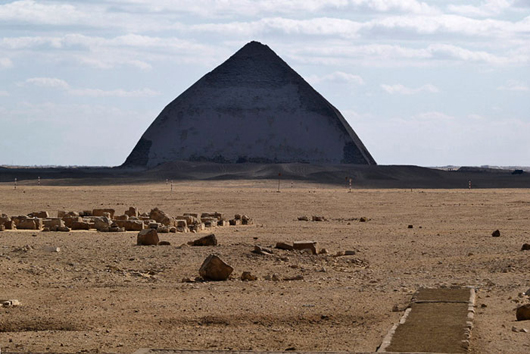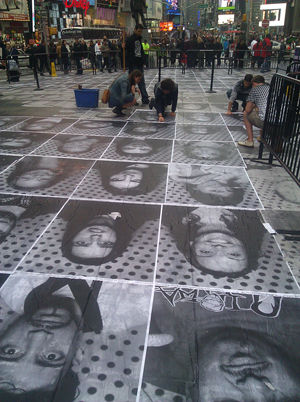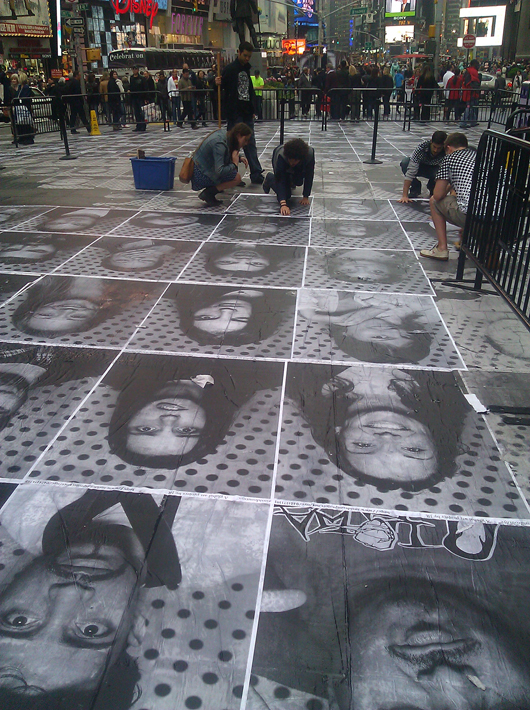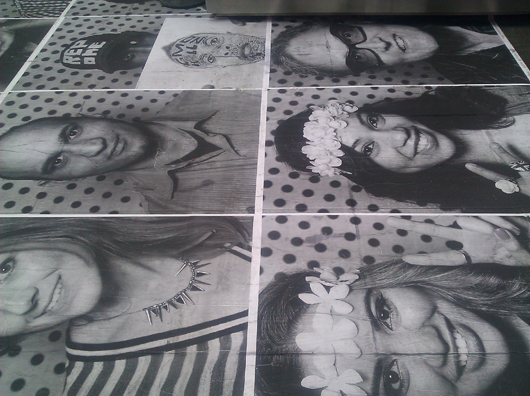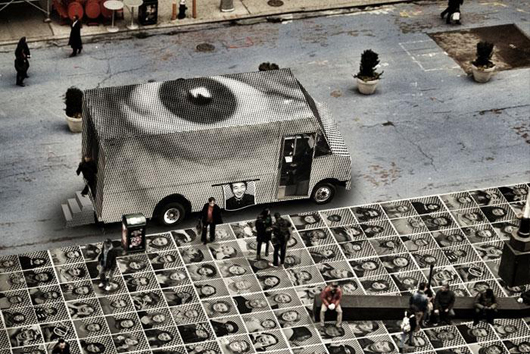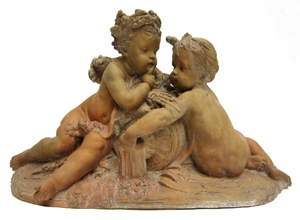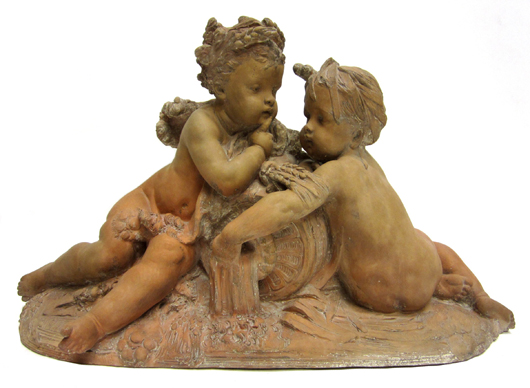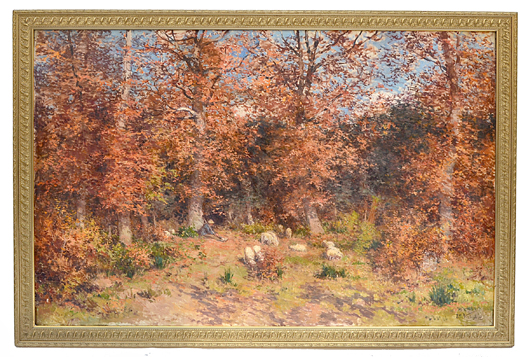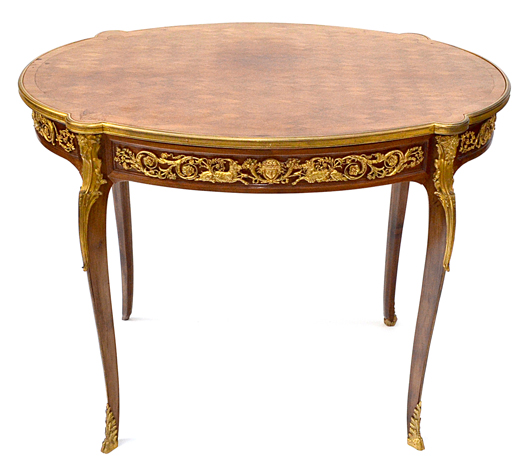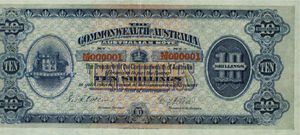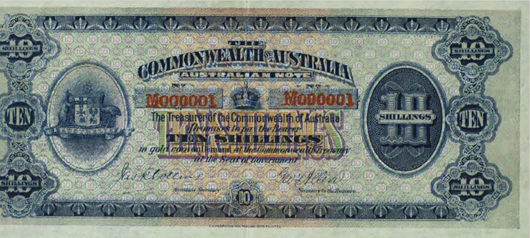
DAHSHUR, Egypt (AP) – Egyptian youths protested Monday at a key historic site, demanding that authorities put a stop to looting and construction that threatens one of the nation’s oldest pyramids and burial grounds.
Illegal construction of a new cemetery has been going on for months in part of a 4,500-year-old pharaonic necropolis. The expansion has encroached on the largely unexplored complex of Dahshur, where Pharaoh Sneferu experimented with the first smooth-sided pyramids that his son Khufu, also known as Cheops, employed at the more famous Giza Plateau nearby, when he built the Great Pyramid.
Authorities issued an order in January to remove the construction equipment, instructing the Interior Ministry’s police to implement it, but no action has been taken.
Also, a security vacuum that followed Egypt’s 2011 popular uprising has encouraged looters to step up their illegal digs, clashing with guards at the site.
On Monday, dozens of young protesters at the site about 40 kilometers (25 miles) south of Cairo held up a sign that read: “God does not bless a nation that gives up its heritage.”
Ramadan Mohammed, a 20-year old student from the nearby village of Mansheyet Dahshur, said he witnessed looting himself. He said he wanted to show that Dahshur residents were not responsible and should not to be blamed.
“I’m here to see the government’s response,” Mohammed said, with the shadow of Pharaoh Sneferu’s Bent Pyramid looming in the background. “The military was in control of the country all this past period, they should have protected the site and caught the looters. Instead, they stood there doing nothing,” he complained.
Antiquities experts warn that construction of the new cemetery also endangers the ancient complex.
Villagers say their cemeteries are full, but authorities do not give permits or land for new ones, so they grabbed what they insist is empty desert land to erect family tombs.
The area, designated by UNESCO as a World Heritage site, also includes the adjacent Valley Temple and the 3,800-year-old Black Pyramid of Amenemhat III.
Nearby is Sneferu’s Bent Pyramid, some 700 years older, with its distinctive bent sides believed to have been caused when the builders had to correct the angle halfway through construction. Farther away is the Red Pyramid, where Sneferu’s builders got the angles right, producing the first smooth-sided pyramid, evolving from the stepped structures built by earlier dynasties.
Antiquity restoration specialist Marwa el-Zeini, who was at the protest, blamed authorities for failing to stop the cemetery construction.
Mohamed Youssef, head of antiquities for Dahshur, dismissed the protest as a media stunt.
Monica Hanna, an independent archaeologist who has worked at Dahshur, praised the local initiative.
“It’s the first time the local community is taking a step forward, rather than the academics,” Hanna said. “Previously, it would always appear that the academics were against the residents.”
# # #
Copyright 2013 Associated Press. All rights reserved. This material may not be published, broadcast, rewritten, or redistributed.
ADDITIONAL IMAGE OF NOTE
